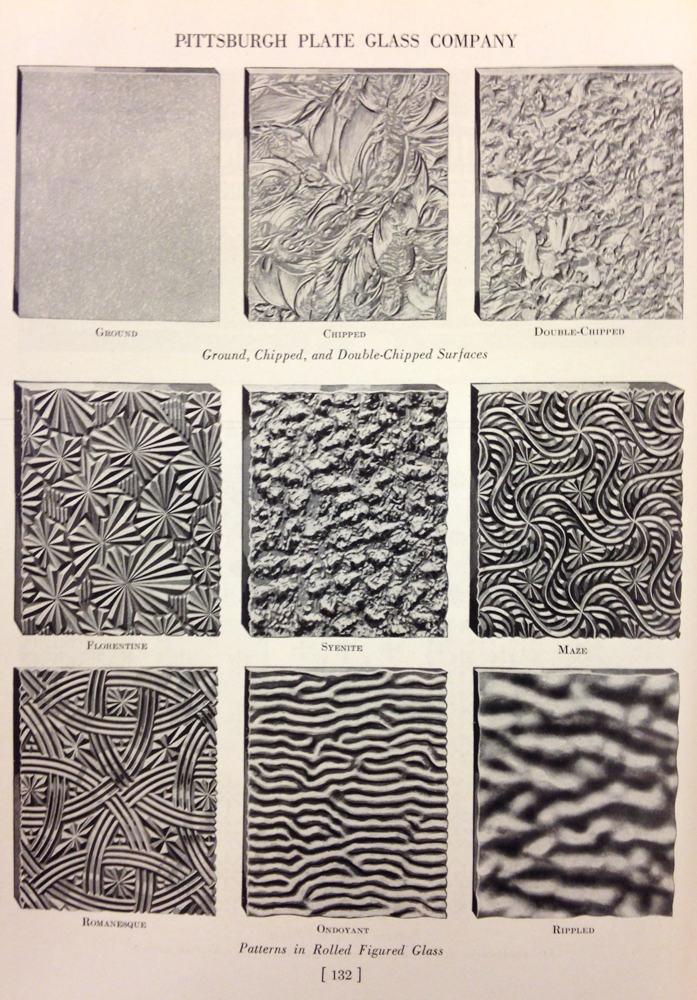"By nature memory is mortal, linked to the brain and the body that bears it, as well as notoriously unreliable and subject to revision; if we would hold onto memory we must find some way to preserve it. Memory is not static, but it can be made to seem so through the creation of forms of representation that attempt to solidify memories' meanings, and it is through this realm of preservation that memories interact with museums." (1)
“It is worth inquiring whether the memories associated through objects to form meaningful narratives do not in effect prevent other memories from being associated with individual objects, stifling the multiple possible meanings of any single object, perceived subjectively.” (4)
Crane, Susan A. Museums and memory. Stanford, CA: Stanford University Press, 2000.
Dispatches from the Library is a diary in words and images from my artist residency at the Bard Graduate Center Library in New York City. Bard Graduate Center is a graduate research institute which explores new ways of thinking about decorative arts, design history, and material culture.







